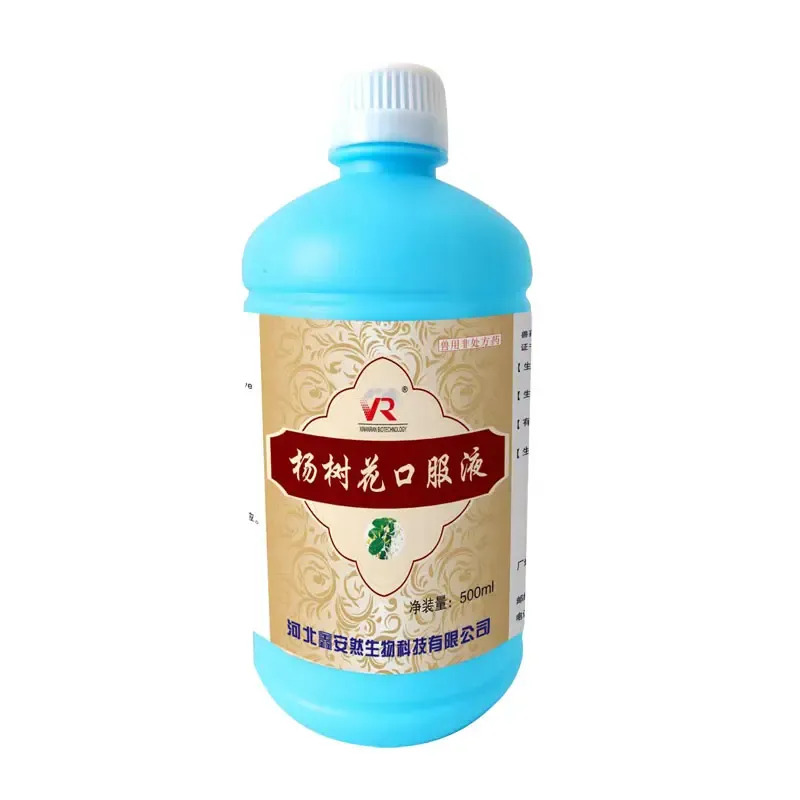- Afrikaans
- Albanian
- Amharic
- Arabic
- Armenian
- Azerbaijani
- Basque
- Belarusian
- Bengali
- Bosnian
- Bulgarian
- Catalan
- Cebuano
- Corsican
- Croatian
- Czech
- Danish
- Dutch
- English
- Esperanto
- Estonian
- Finnish
- French
- Frisian
- Galician
- Georgian
- German
- Greek
- Gujarati
- Haitian Creole
- hausa
- hawaiian
- Hebrew
- Hindi
- Miao
- Hungarian
- Icelandic
- igbo
- Indonesian
- irish
- Italian
- Japanese
- Javanese
- Kannada
- kazakh
- Khmer
- Rwandese
- Korean
- Kurdish
- Kyrgyz
- Lao
- Latin
- Latvian
- Lithuanian
- Luxembourgish
- Macedonian
- Malgashi
- Malay
- Malayalam
- Maltese
- Maori
- Marathi
- Mongolian
- Myanmar
- Nepali
- Norwegian
- Norwegian
- Occitan
- Pashto
- Persian
- Polish
- Portuguese
- Punjabi
- Romanian
- Russian
- Samoan
- Scottish Gaelic
- Serbian
- Sesotho
- Shona
- Sindhi
- Sinhala
- Slovak
- Slovenian
- Somali
- Spanish
- Sundanese
- Swahili
- Swedish
- Tagalog
- Tajik
- Tamil
- Tatar
- Telugu
- Thai
- Turkish
- Turkmen
- Ukrainian
- Urdu
- Uighur
- Uzbek
- Vietnamese
- Welsh
- Bantu
- Yiddish
- Yoruba
- Zulu
7 月 . 26, 2024 22:52 Back to list
Exploring the Potential of Levamisole Hydrochloride and Oxyclozanide in Veterinary Medicine Applications
Levamisole Hydrochloride and Oxyclozanide A Comprehensive Overview
Levamisole hydrochloride and oxyclozanide are two pharmacological agents that have garnered attention in both veterinary and human medicine. While they serve different primary purposes, their mechanisms of action and therapeutic benefits often overlap, making them interesting subjects of study in the realms of parasitology and pharmacology.
Levamisole Hydrochloride Mechanism and Applications
Levamisole hydrochloride is a broad-spectrum anthelmintic agent primarily used to treat parasitic infections caused by nematodes. Originally developed as a medication for humans, its use has been largely transitioned to veterinary medicine, particularly for livestock and pets. The compound functions by binding to nicotinic acetylcholine receptors on the muscle cells of worms, leading to paralysis and eventual expulsion of the parasites from the host's body.
In human medicine, levamisole has been employed as an immunomodulator, showing efficacy in mitigating symptoms associated with certain conditions, including colorectal cancer. Its immunostimulatory properties help enhance the body’s immune response, making it a useful adjunct treatment in various therapeutic regimens.
The use of levamisole in livestock is critical for maintaining health and productivity
. It is often administered in conjunction with other anthelmintics to ensure effective management of parasitic infections, which can significantly impact the economy of animal agriculture.Oxyclozanide A Unique Anthelmintic
levamisole hydrochloride and oxyclozanide

Oxyclozanide, on the other hand, is primarily an anthelmintic agent that targets a different spectrum of parasites, specifically fascioliasis caused by liver flukes (Fasciola spp.). It is commonly used in ruminants and is known for its effectiveness in controlling liver fluke infections, which are detrimental to the health of livestock and can lead to severe economic losses in agriculture.
The mechanism of action of oxyclozanide differs from that of levamisole; it acts by inhibiting the energy metabolism of the parasites. This leads to a depletion of ATP, which is vital for the survival of the flukes, causing them to become immobilized and ultimately die. The selective action of oxyclozanide against liver flukes highlights its specificity and advantage in treating infections that are notoriously difficult to manage.
Combined Use and Benefits
The combination of levamisole hydrochloride and oxyclozanide is recognized for its synergistic effects in managing mixed parasitic infections. Utilizing both drugs can lead to improved outcomes in the treatment of complex cases, ensuring comprehensive coverage against a range of parasites that may affect the same host.
Moreover, the critical importance of managing parasitic infections in livestock cannot be understated. Effective treatment strategies not only enhance animal welfare but also improve yield and productivity, supporting food security and economic stability.
Conclusion
In conclusion, levamisole hydrochloride and oxyclozanide are two significant agents in the arsenal against parasitic diseases. Their unique mechanisms of action and therapeutic benefits highlight the importance of targeted pharmacological approaches in managing infections. Continued research and development in this field will be essential to address emerging challenges in parasitology, ensuring healthier lives for both humans and animals alike. The ongoing study of their combined efficacy might yield new insights, enhancing current treatment protocols and potentially leading to more robust solutions in veterinary and human medicine.
-
The Power of Radix Isatidis Extract for Your Health and Wellness
NewsOct.29,2024
-
Neomycin Sulfate Soluble Powder: A Versatile Solution for Pet Health
NewsOct.29,2024
-
Lincomycin Hydrochloride Soluble Powder – The Essential Solution
NewsOct.29,2024
-
Garamycin Gentamicin Sulfate for Effective Infection Control
NewsOct.29,2024
-
Doxycycline Hyclate Soluble Powder: Your Antibiotic Needs
NewsOct.29,2024
-
Tilmicosin Premix: The Ultimate Solution for Poultry Health
NewsOct.29,2024













